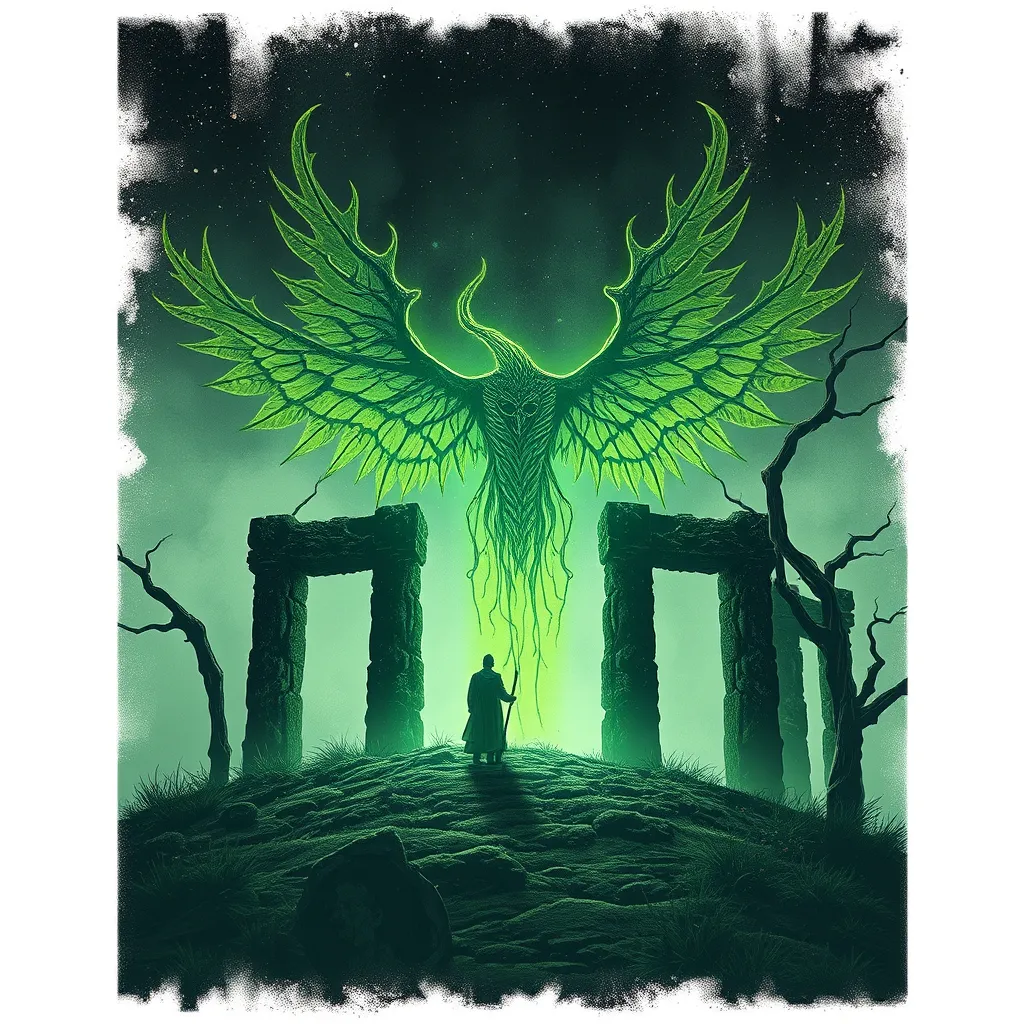The Lamassu in Artistic Representations: A Comparative Study of Different Cultures
I. Introduction
The Lamassu, a mythical creature with the body of a bull or lion, wings of an eagle, and the head of a human, holds significant importance in ancient cultures, particularly in Mesopotamian civilization. This monumental figure served both as a guardian and a symbol of power, embodying the divine protection afforded to royal structures and cities. Its presence in art and architecture signifies not only the skill of ancient artisans but also the cultural values and beliefs of the societies that created it.
The purpose of this comparative study is to explore the artistic representations of the Lamassu across different cultures and time periods, examining how this iconic figure has been interpreted and reinterpreted. We will delve into its origins in Mesopotamia, its adaptations in Persian culture, and its resurgence in modern art, thereby illuminating the Lamassu’s multifaceted legacy.
The cultures examined in this study include the ancient Mesopotamians, Persians, and contemporary artists who draw inspiration from these ancient motifs. By comparing these representations, we can gain insights into the symbolic meanings attributed to the Lamassu and its evolving significance across various cultural contexts.
II. Historical Context of the Lamassu
To understand the Lamassu’s artistic representations, it is essential to consider its historical context. The origins of the Lamassu can be traced back to the Mesopotamian civilization, particularly during the Assyrian Empire (circa 911-609 BCE). These colossal figures were often placed at the entrances of palaces and temples, serving as guardians against evil spirits and malevolent forces.
In Assyrian architecture, the Lamassu symbolized strength and protection. Carved from stone and often embellished with intricate reliefs, Lamassu figures were designed to convey the might of the Assyrian kings. Over time, as empires rose and fell, the Lamassu evolved, adapting to new artistic styles and cultural contexts while retaining its core symbolism of protection and power.
III. Lamassu in Mesopotamian Art
The characteristics of Mesopotamian Lamassu are distinctive and reflect the artistic conventions of the time. Typically, Lamassu are depicted with a mix of human and animal features, presenting a striking visual that captures the viewer’s attention.
- Physical Attributes: Lamassu figures often stand around 4-5 meters tall, with their bodies exhibiting powerful musculature and detailed fur or feather textures.
- Iconography: The human head often wears a detailed headdress, symbolizing wisdom and authority, while the wings signify divinity and the ability to transcend the earthly realm.
The cultural significance of the Lamassu in Mesopotamian art cannot be overstated. It was not merely decorative; it served as a testament to the divine right of kings and the protection offered by the gods. Examples of Lamassu can be found in the grand palaces of Assyrian rulers, such as the palaces of Khorsabad and Nimrud, where they were strategically placed to ward off threats.
IV. The Lamassu in Persian Culture
As the influence of the Assyrian Empire waned, the Persian Empire adopted and adapted the Lamassu figure in its own artistic tradition. This adaptation reflects a continuity of cultural dialogue between neighboring civilizations.
In Persian culture, the Lamassu took on new forms, often characterized by a more stylized and ornate aesthetic. Persian artisans employed various artistic techniques, including:
- Relief Carving: Persian Lamassu often displayed intricate carvings that highlighted the ornate detailing of their wings and headdresses.
- Colorful Glazes: Unlike the monochromatic stone of Assyrian Lamassu, Persian representations sometimes incorporated vibrant glazes, adding a new visual dimension.
Notable examples of Lamassu in Persian architecture can be seen at the ceremonial capital of Persepolis, where they served as impressive gateways and symbolized the power of the Achaemenid kings.
V. The Lamassu in Modern Artistic Interpretations
In contemporary art, the Lamassu has emerged as a powerful symbol, inspiring modern artists to reinterpret its form and meaning. Contemporary artists have drawn connections between the ancient Lamassu and current themes of identity, cultural heritage, and political power.
While some artists engage in cultural appropriation, others approach the Lamassu with genuine appreciation and respect. Examples of modern sculptures and installations include:
- Public Installations: Large-scale Lamassu sculptures have appeared in urban settings, serving as reminders of cultural history and resilience.
- Mixed Media Art: Artists have utilized various materials and techniques, such as digital art and multimedia installations, to explore the Lamassu’s significance in a modern context.
VI. Comparative Analysis Across Cultures
In examining the Lamassu across different cultures, certain similarities and differences in artistic representation and symbolism become evident.
Similarities
Across cultures, the Lamassu consistently embodies themes of protection, power, and divinity. The fusion of human and animal traits serves as a universal symbol of strength and guardianship.
Differences
However, the interpretation of the Lamassu varies significantly:
- Function: In Mesopotamia, the Lamassu primarily served a protective role, while in Persian culture, it also represented royal authority and legitimacy.
- Artistic Style: Mesopotamian Lamassu are often more naturalistic, whereas Persian representations lean towards stylization and embellishment.
The impact of cultural context on the portrayal of the Lamassu is profound, reflecting the values, beliefs, and artistic priorities of each civilization.
VII. The Lamassu’s Influence on Global Art
The Lamassu’s influence extends beyond its original cultures, resulting in cross-cultural exchanges and adaptations in global art. This mythical creature has made its way into popular culture, literature, and media, often symbolizing strength and resilience.
In art education, the Lamassu serves as a key example of how ancient art informs contemporary practices. Educators often use the Lamassu to discuss themes of cultural exchange, adaptation, and the relevance of historical symbols in modern art.
VIII. Conclusion
In summary, the Lamassu stands as a testament to the rich tapestry of cultural history and artistic expression. Its significance in ancient Mesopotamian and Persian cultures, along with its modern reinterpretations, underscores the importance of understanding cultural exchange in art.
As we look to the future, further research on the Lamassu in art history is essential. Exploring its multifaceted legacy can deepen our understanding of how ancient symbols continue to resonate and inspire across cultures and time periods.




